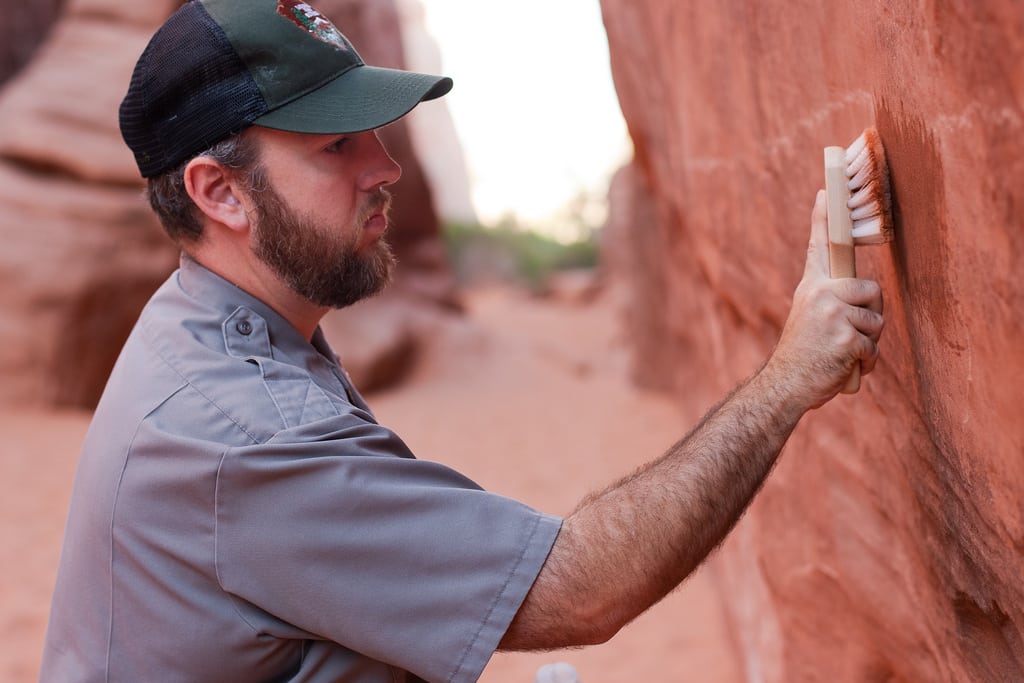Skift Take
Social media gives vandals an immediate audience for their work, but it’s also helped discerning park officials find the perpetrators and inflict fines that ease the unsustainable cost of clean up.
It was the latest example of a trend that has been unnerving park officials from Rocky Mountain National Park in Colorado to Arches in Utah and Joshua Tree in California. Just as drought and rapid development have caused a rise in encounters between humans and wild animals on the edges of many American cities, the wilder side of urban life — vandalism, graffiti and litter — has found its way into the wilderness.
The cause of this recent spike in graffiti on public lands is unclear, but some park personnel say there is reason to believe that it coincides with the rise of social media. “In the old days,” said Lorna Lange, the spokeswoman for Joshua Tree, “people would paint something on a rock — it wouldn’t be till someone else came along that someone would report it and anybody would know about it.”
The Daily Newsletter
Our daily coverage of the global travel industry. Written by editors and analysts from across Skift’s brands.
Have a confidential tip for Skift? Get in touch
Tags: national parks
Photo credit: Stephen Allen removes graffiti from Arches National Park near Moab, Utah. Arches National Park / Flickr
